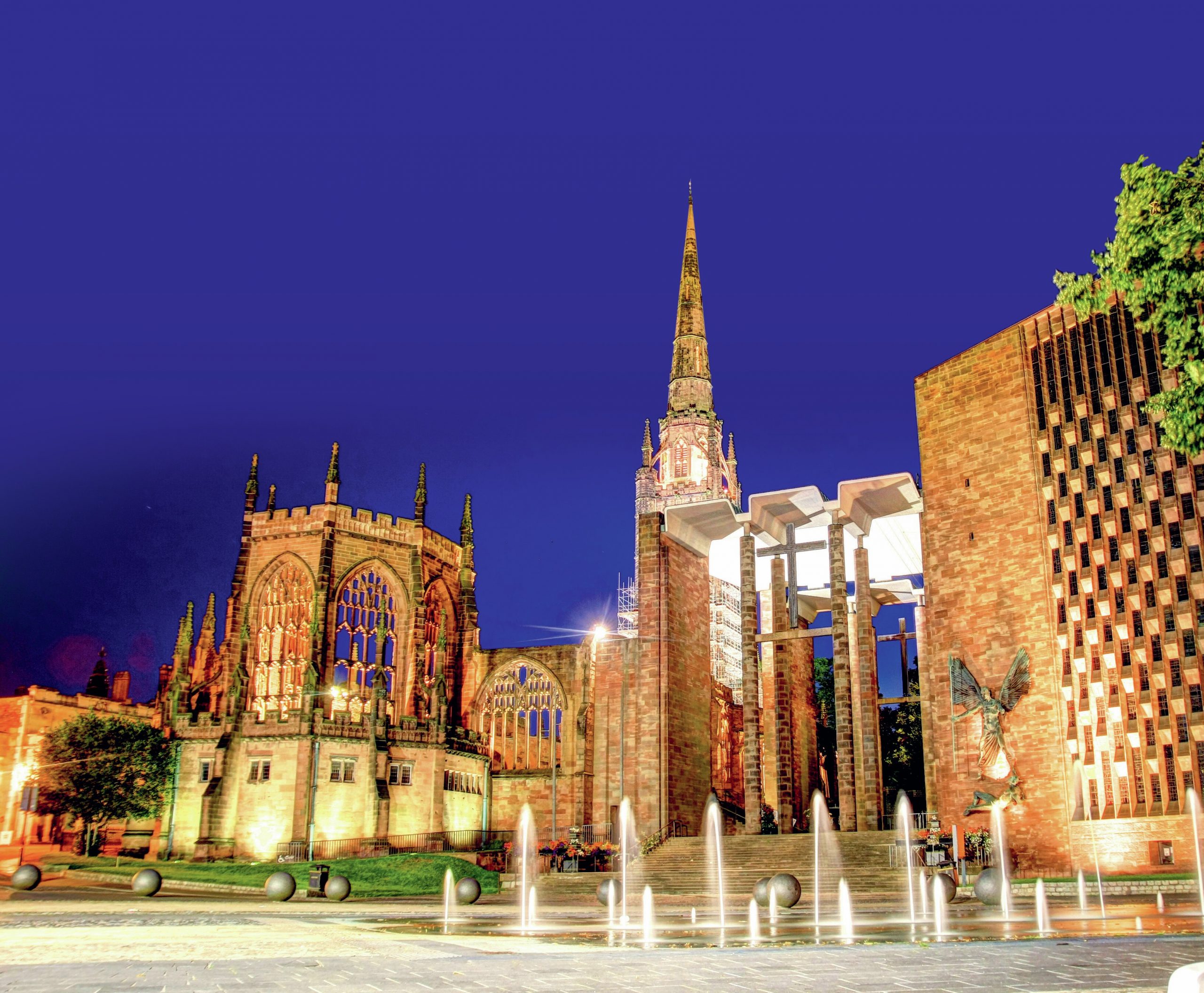
In November 1940, Coventry Cathedral was gutted in an air raid that destroyed the centre of the city. Rebuilt between 1954 and 1962, the cathedral became the emblem of Britain’s wartime endurance and peacetime reconstruction. During the austere postwar years, debates over the form, siting and function of the new cathedral exposed the tensions between local and national politicians, between a modernist vision of the future and the desire to enshrine the memory of the past by emulating older architectural forms.
‘Coventry — our Guernica’ read a headline on 16 November 1940. Newspaper coverage of the Coventry blitz was unusual in that it identified the target. The raid was presented as an unjustifiable attack on a civilian population and their cathedral —a great medieval parish church, given cathedral status in 1918 as Coventry emerged as a major industrial city. But the city was no Guernica — its importance as a centre for aircraft and armaments manufacturing made it a clear target.
Your organisation does not have access to this article.
Sign up today to give your students the edge they need to achieve their best grades with subject expertise
Subscribe




